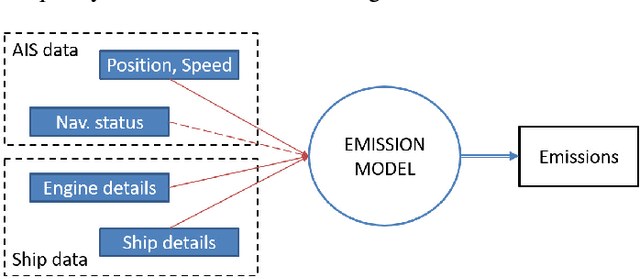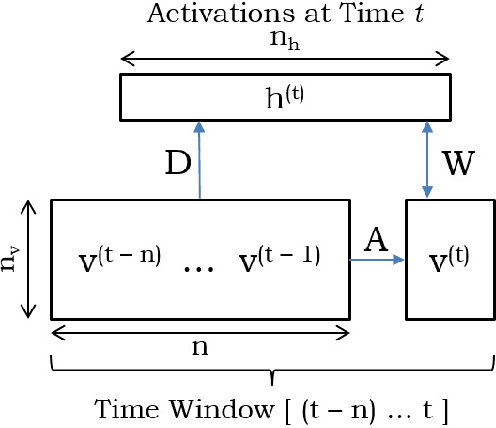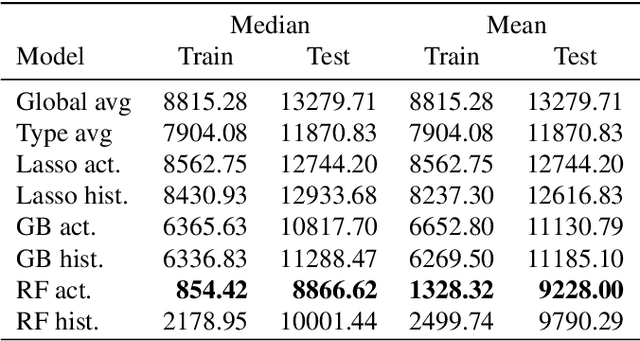Albert Soret
Data-driven Seasonal Climate Predictions via Variational Inference and Transformers
Mar 26, 2025Abstract:Most operational climate services providers base their seasonal predictions on initialised general circulation models (GCMs) or statistical techniques that fit past observations. GCMs require substantial computational resources, which limits their capacity. In contrast, statistical methods often lack robustness due to short historical records. Recent works propose machine learning methods trained on climate model output, leveraging larger sample sizes and simulated scenarios. Yet, many of these studies focus on prediction tasks that might be restricted in spatial extent or temporal coverage, opening a gap with existing operational predictions. Thus, the present study evaluates the effectiveness of a methodology that combines variational inference with transformer models to predict fields of seasonal anomalies. The predictions cover all four seasons and are initialised one month before the start of each season. The model was trained on climate model output from CMIP6 and tested using ERA5 reanalysis data. We analyse the method's performance in predicting interannual anomalies beyond the climate change-induced trend. We also test the proposed methodology in a regional context with a use case focused on Europe. While climate change trends dominate the skill of temperature predictions, the method presents additional skill over the climatological forecast in regions influenced by known teleconnections. We reach similar conclusions based on the validation of precipitation predictions. Despite underperforming SEAS5 in most tropics, our model offers added value in numerous extratropical inland regions. This work demonstrates the effectiveness of training generative models on climate model output for seasonal predictions, providing skilful predictions beyond the induced climate change trend at time scales and lead times relevant for user applications.
Improving Maritime Traffic Emission Estimations on Missing Data with CRBMs
Sep 10, 2020



Abstract:Maritime traffic emissions are a major concern to governments as they heavily impact the Air Quality in coastal cities. Ships use the Automatic Identification System (AIS) to continuously report position and speed among other features, and therefore this data is suitable to be used to estimate emissions, if it is combined with engine data. However, important ship features are often inaccurate or missing. State-of-the-art complex systems, like CALIOPE at the Barcelona Supercomputing Center, are used to model Air Quality. These systems can benefit from AIS based emission models as they are very precise in positioning the pollution. Unfortunately, these models are sensitive to missing or corrupted data, and therefore they need data curation techniques to significantly improve the estimation accuracy. In this work, we propose a methodology for treating ship data using Conditional Restricted Boltzmann Machines (CRBMs) plus machine learning methods to improve the quality of data passed to emission models. Results show that we can improve the default methods proposed to cover missing data. In our results, we observed that using our method the models boosted their accuracy to detect otherwise undetectable emissions. In particular, we used a real data-set of AIS data, provided by the Spanish Port Authority, to estimate that thanks to our method, the model was able to detect 45% of additional emissions, of additional emissions, representing 152 tonnes of pollutants per week in Barcelona and propose new features that may enhance emission modeling.
* 12 pages, 7 figures. Postprint accepted manuscript, find the full version at Engineering Applications of Artificial Intelligence (https://doi.org/10.1016/j.engappai.2020.103793)
 Add to Chrome
Add to Chrome Add to Firefox
Add to Firefox Add to Edge
Add to Edge